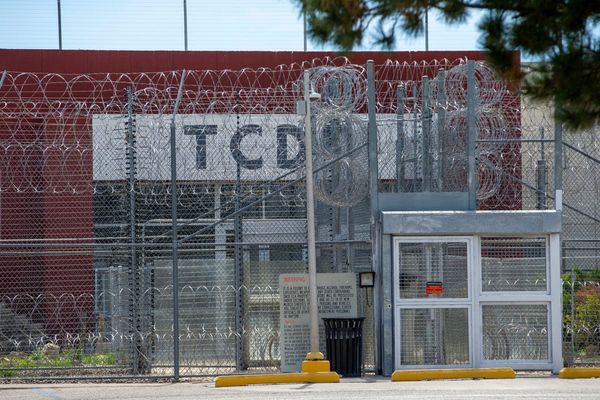
Investor and founder of The Bear Traps Report, Lawrence McDonald, is raising the alarm to “Defcon 3” as systemic risk indicators highlight rising stress levels in subprime credit markets.
Student Loans A Catalyst For Subprime Meltdown
McDonald says the return of federal student loan payments is a key catalyst for this potential meltdown in subprime credit, adding more stress to an already fragile market, while appearing on Kitco News on Wednesday.
“We're seeing a contagion across in subprime lending that’s spreading,” he said, while citing the examples of companies such as SLM Corp. (NASDAQ:SLM) or Sallie Mae, Navient Corp. (NASDAQ:NAVI) and Upstart Holdings Inc. (NASDAQ:UPST) as examples of credit-sensitive stocks showing accelerating underperformance.
McDonald tied this credit pressure to broader changes in policy, noting the shift from a “very progressive administration” under former President Joe Biden to a more “fiscally conservative” team under President Donald Trump. He says this while primarily focusing on student loans, which are now “turning back on.”
He described the mounting strain on consumers, “the bottom 60% of US consumers are absolutely getting hammered,” he says, adding that it’s a “real concern.” He says, “the bottom 60% of consumers are being hit over the head with inflation and higher rates.”
Drawing a historical parallel, McDonald pointed to the 2007 collapse of New Century Financial, once the largest subprime lender in the U.S. “New Century Financial… filed bankruptcy in the spring of 2007,” he notes, “and the market went up, you know, the next 6 months.”
No Signs of A 2008-Style Housing Crash
Investor Steve Eisman, who famously predicted the 2008 subprime mortgage crisis, says that there are no signs of a similar crisis brewing in 2025.
He attributes this to the fact that subprime loans in the housing market make up a significantly smaller share overall, compared to what they did in the past. “It's a small industry,” he says.
Last month, personal finance expert Dave Ramsey warned that credit card debt levels had reached a record $1.21 trillion, stating that this could threaten the long-term financial stability of Americans.
Read More:
Photo courtesy: Shutterstock







